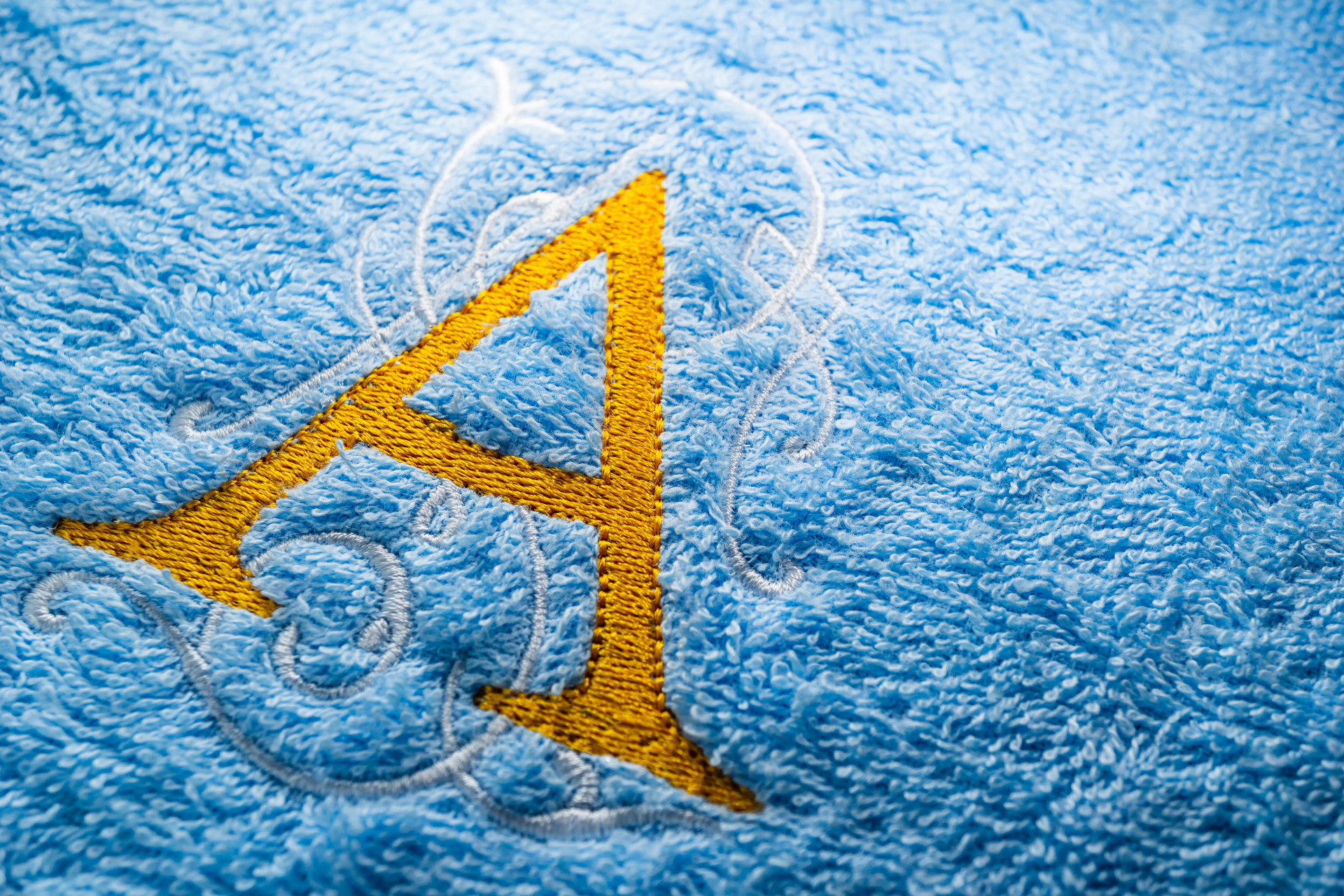
Embarking on your embroidery journey can be exciting and a little overwhelming, especially when you are just starting out. With so many tools, kits, and accessories available, it is easy to wonder what you really need. This Beginner’s Guide to Must-Have Embroidery Tools is designed to simplify the process, introducing the essential tools every beginner should have for a successful and enjoyable experience.
If you are looking for an easy beginning starter sewing project, embroidery is a fantastic way to combine creativity with practical skill development. By starting with the right tools and following a few simple techniques, beginners can build confidence while producing professional-looking designs.
Understanding the Basics of Embroidery
Embroidery is the art of decorating fabric using thread and a needle. While hand embroidery is a classic technique, machine embroidery allows you to create intricate and precise designs with ease. For beginners, using a SINGER® sewing machine specifically designed for embroidery, such as the SINGER® EM9305 Embroidery Only Machine, provides a smooth introduction. This machine ensures neat, accurate stitching and gives beginners professional results right from the start.
Embarking on sewing projects for beginners with a SINGER® sewing machine can make even complex patterns achievable. Understanding the function of each tool and accessory is just as important as learning how to operate the machine itself.
Essential Embroidery Tools for Beginners
1. Embroidery Needles
Using the correct needle is crucial to achieve clean, precise stitches. Embroidery tools for beginners include SINGER® Embroidery Needles are designed for machine embroidery, with larger eyes to accommodate specialty threads and tapered shafts to reduce friction. This ensures smooth stitching and reduces thread breakage a must for beginners learning the ropes.
2. Embroidery Presser Foot
The presser foot keeps fabric steady and guides it evenly through the machine. Understanding its role helps you control stitch placement, avoid puckering, and maintain uniform tension. Beginners often overlook the presser foot, but it’s key to achieving professional-looking results, especially with free-motion or detailed embroidery designs.
3. Embroidery Thread
Thread quality significantly affects the look and longevity of your embroidery. Poor-quality thread may break, tangle, or fade over time. By choosing threads suitable for machine embroidery, beginners can produce vibrant, durable designs and learn how different thread types behave under tension and speed.
4. EmbroideryStabiliser
Stabilisers support fabric during stitching, preventing stretching, puckering, and distortion. Different fabrics require different stabilisers, and understanding this helps beginners achieve crisp designs and avoid frustration. Learning to choose and apply the correct stabiliser is a fundamental skill in successful embroidery.
5. Embroidery Hoops
Keeping fabric taut ensures even stitching and prevents shifting during embroidery. Beginners often underestimate the importance of proper hooping, but it is critical for maintaining design alignment and avoiding puckering or misaligned stitches.
Keeping your fabric taut is key for even stitching. SINGER® Embroidery Hoops come in various sizes to suit different projects. For beginners, hoops ensure stability and make intricate designs more manageable.
6. Embroidery Software
For those exploring digital designs, embroidery software can expand creative possibilities. Understanding how to digitise patterns and adjust designs helps beginners learn how to translate creative ideas into precise machine embroidery projects.
SINGER® Embroidery Software allows you to digitise artwork, adjust designs, and convert them into machine-readable formats, giving beginners the freedom to personalise every project.
Machine Embroidery Tips and Tricks
Even with the best tools, knowing a few machine embroidery tips and tricks can make your projects smoother:
- Test on Scrap Fabric: Always run a trial stitch to make sure your design looks right.
- Maintain Your Machine: Clean and oil your SINGER® sewing machine regularly to ensure smooth operation.
- Use Quality Materials: Thread, stabilisers, and needles all impact your results. Investing in good-quality supplies pays off.
- Follow Fabric Grain: Stitching along the grain prevents distortion and ensures smooth designs.
- Hoop Correctly: The fabric should be taut but not stretched, this prevents puckering and uneven stitches.
Applying these machine embroidery tips and tricks alongside your tools will help beginners avoid common mistakes and gain confidence faster.
Basic Sewing Tips for Beginners
For those just starting, combining basic sewing tips for beginners with your embroidery projects ensures a smoother learning curve:
- Take your time with each stitch and project. Patience is key.
- Practice on scrap fabric before attempting your main design.
- Keep tools organised; having scissors, needles, and thread accessible makes sewing less stressful.
- Experiment with different fabrics and threads to understand how they behave under your SINGER® sewing machine.
By practicing these tips alongside your essential tools, beginners can steadily improve their embroidery skills.
Conclusion
Starting your embroidery journey is exciting, and with the right tools and guidance, it is also manageable. Investing in the right embroidery tools for beginners and following a few practical machine embroidery tips and tricks will help you create beautiful, professional-looking designs.
With these tips, guidance, and the right easy beginning starter sewing projects, you can confidently explore the world of embroidery and enjoy a creative and fulfilling hobby. Happy stitching.
